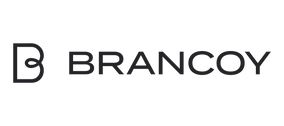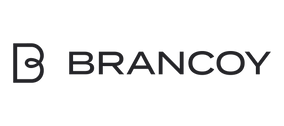Image optimization in e-commerce is an effective way to improve search engine visibility and customer experience simultaneously. Optimized images load faster, improve website performance, and offer more opportunities to be found in image searches. This guide answers the most important questions about optimizing visual content for online stores.
Why is image optimization so important for e-commerce SEO?
Image optimization directly impacts e-commerce search engine rankings in three key ways: improving loading speed , enhancing user experience, and driving additional traffic from image searches. Search engines favor fast-loading websites, and images are often the single biggest factor in website slowness.
Website loading speed is a significant ranking factor in Google searches. When e-commerce images are optimized, pages load faster, reducing bounce rates and improving user experience. This, in turn, sends positive signals to search engines about the quality of the site.
Image search offers a significant opportunity for increased traffic. Properly optimized product images can appear in Google Images search results, bringing new customers to the online store. Especially in visually-driven product categories, image search can be an even more important traffic source than regular text search.
What image formats and file sizes work best for online stores?
The WebP format is currently the best choice for images in online stores, as it offers the best compression ratio without sacrificing quality. JPEG is suitable for photographs, and PNG for images with transparent parts. The optimal file size depends on the intended use of the image: product lists 20-50 KB, main product images 50-150 KB.
Different image formats have their own strengths in e-commerce. JPEG is still widely supported and works well for detailed product images. PNG preserves sharp edges and text, making it ideal for logos and graphics. WebP combines the advantages of both and reduces file sizes by up to 30% compared to traditional formats.
Responsive images for different screen sizes improve both user experience and loading speed. Smaller versions are sufficient for mobile devices, while desktop users can see high-quality versions. Automatic image resizing and lazy loading further reduce website load.
How do you write effective alt text and image descriptions for e-commerce products?
Effective alt text for e-commerce images clearly describes the product and naturally includes relevant keywords . Good alt text is 5-15 words long and describes what is in the image without excessive keyword repetition. Example: "Blue cotton women's long-sleeved sweater".
Alt text in online stores serves both search engines and visually impaired users. Screen readers use alt text to describe the content of images, so the text should be informative and understandable. At the same time, search engines use alt text to understand the content and context of the image on the page.
Product image optimization requires a balance between descriptive text and search engine optimization (SEO). Naturally incorporate the product's color, material, style, and brand into the text. Avoid keyword stuffing and focus on how a customer would describe the product when searching for it online. A consistent naming convention makes managing product images easier.
How do you measure and improve the impact of your images on e-commerce performance?
Measuring image performance begins with monitoring loading speed using Google PageSpeed Insights and GTmetrix tools. Monitor the site's overall loading time, the contribution of images to that time, and Core Web Vitals metrics. Image search traffic is visible as its own category in Google Search Console.
Google Analytics reveals how image searches affect user behavior on your website. Compare the bounce rate, time spent on site, and conversion rate of visitors from image searches to other traffic sources. This data helps you understand the true impact of images on your business.
Continuous optimization is based on regular testing and improvement. Experiment with different alt texts, image formats, and file sizes to monitor their impact on search engine visibility. A/B test the quantity and quality of product images to improve conversions. The visual content of an online store develops best through systematic measurement and optimization.
Image optimization, with a search engine-friendly approach, combines technical expertise with user-centric thinking. When images load quickly, clearly depict products, and are easily found in searches, they support both customer experience and long-term business growth.




